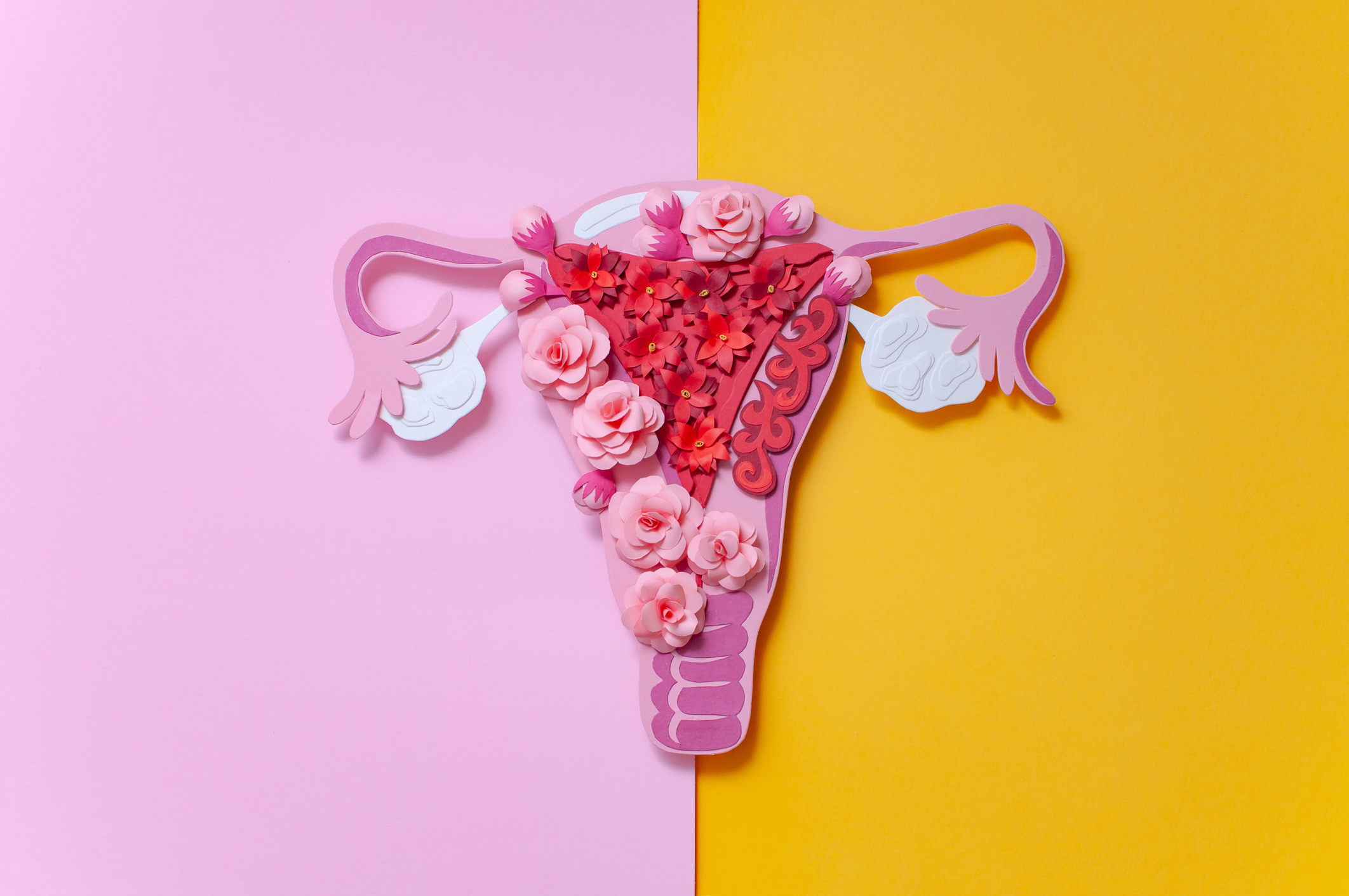Exposure to certain metals has been recognized as a risk factor for numerous complications in vulnerable population groups, particularly pregnant women. This investigation evaluated the levels of essential (Cr, Mn, Co, Cu, Zn, Se, Mo) and nonessential trace metals with recognized toxicity (Be, Al, Ti, V, Ni, Ga, As, Rb, Sr, Cd, Sb, Ba, Tl, Hg, Pb, Bi, Th, U), together with rare earth elements (Sc, Y, La, Ce, Pr, Nd, Sm, Eu, Gd, Tb, Dy, Ho, Er, Yb, Lu), and noble metals (Ru, Rh, Pd, Re, Os, Ir, Pt, Au, Ag) in the placental tissues of healthy pregnant women (n = 105). The selection of participants was undertaken with special reference to specific confounding factors that could influence the trace element profiles. Among trace elements, Zn was the most abundant and Lu was the least abundant. Cd and Os placental levels show a tendency to increase with women’s age. Compared with literature data, high levels of Ni were found. This is the first study that provides the composition levels of essential and toxic trace elements, rare earth elements, and noble metals in human placental tissues. Also, for the first time, normal (reference) ranges for 50 (ultra)trace elements in placental tissues are proposed. Reference ranges are especially important in biomonitoring studies, which nowadays give increasing importance to the analysis of solid tissues instead of body fluids. Overall, the information provided in this study can serve as a starting point for further clinical trials and/or prediction of potential risks to pregnancy.Copyright © 2021 Elsevier Ltd. All rights reserved.
Human biomonitoring of essential, nonessential, rare earth, and noble elements in placental tissues.


